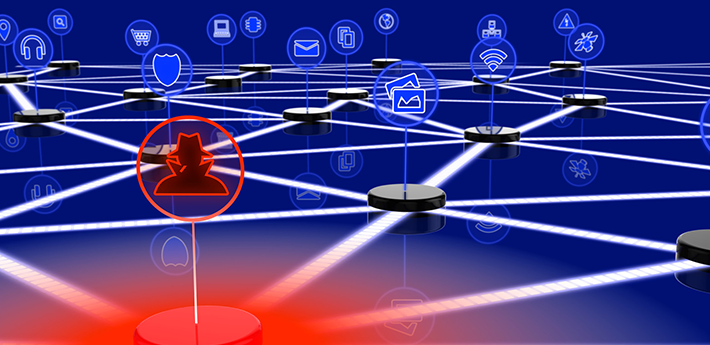Back in the good old days of the early 2000s, all we had to be concerned about was security for our desktop computers and laptops. Fast forward to today − mobile devices are ubiquitous and we’re more connected than ever. Our watches, vehicles, heating/cooling systems, smart TVs, refrigerators and even Barbie dolls and infant monitors have become gateways for cyber criminals to gain access to our lives. It gives pause to all the ways IOT devices can be turned into zombies to collect data about us − and perhaps hold that data ransom until we pay for access to it.
After its computer system was taken over by hackers in February, the Hollywood Presbyterian Medical Center in Los Angeles has reportedly paid a $17,000 ransom in order to regain access. The hospital was unable to continue day-to-day operations for a week and the staff turned to pen and paper to take down patient information and noted that emergency rooms, pharmacies and radiology departments were sporadically impacted.
The number of cyberattacks where malware holds user data “hostage” is expected to grow in 2016 as hackers target more companies and advanced software is able to compromise more types of data. McAfee Labs researchers saw more than 4 million samples of ransomware in the second quarter of 2015, including 1.2 million that were new.
Without question, these incidents have placed greater scrutiny on how networks are protected. Awareness of current and future legislation, careful consideration of with whom data is shared, network monitoring and recognition of the wide-ranging effects that data breaches can have on multiple systems are just a few things to consider when addressing security.
Security is a broad and complex topic that has far reaching impact on users, businesses, governments, clients and constituents. With budgets expected to increase in 2016, Ingram Micro resellers are positioned to deliver the kinds of value their clients are looking for. Learn how Ingram Micro can help in our new 2016 Security Success Book.

